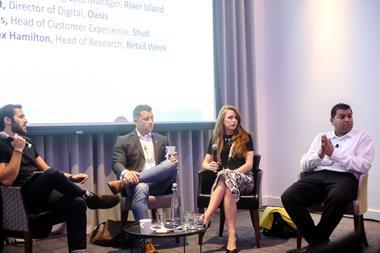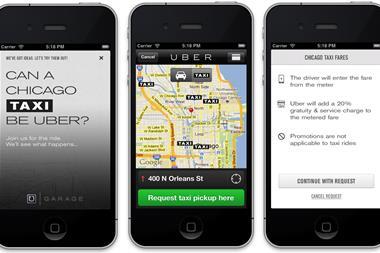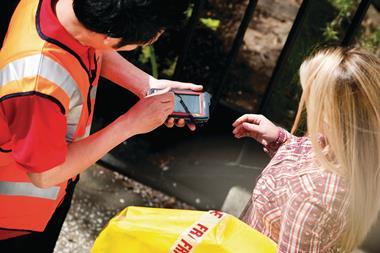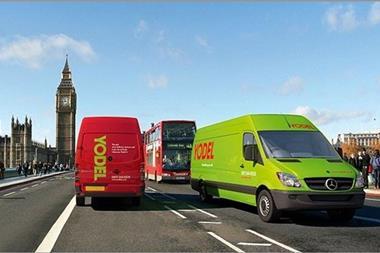Hermes head of ecommerce Eoin Kenneally discusses the fulfilment innovations that he believes have the potential to change the industry
Last week I had the pleasure of speaking at Catalyst Europe 2015, hosted by ChannelAdvisor. The event brought together some of the most innovative minds in the industry - executives, analysts, solution providers and other thought leaders – to discuss current and upcoming trends, exchange best practices and learn about new products and innovation.
The agenda certainly provided food for thought and included fantastic presentations from Sainsbury’s former chief executive Justin King, eBay’s head of professional selling Marty Ellis, and Chris Poad, director, selling services, Amazon.
I also took to the stage to discuss ‘The Future of Delivery’, which highlighted a number of developments that we at Hermes believe are shaping the future, and I thought I’d take this opportunity to share a few of them with you. Some of these are more likely to take-off than others – I’ll let you decide on that.
The importance of innovation
I believe that innovation should be at the heart of our industry. Our Parcel Deliveries Usage and Attitude Survey reveals that the everyday consumer is becoming increasingly demanding as a result of the explosion in online shopping and the growth of new technologies.
Consumers expect constant communication and a plethora of delivery choices to satisfy the needs of their busy lifestyles. The supply chain industry will need to think outside the box and innovate to continue to meet these goals, but do these solutions provide the answer?
Which ones will take off?
A number of same-day delivery options have been tested, but consumers have not yet fully embraced them. It is worth considering what the top priority is for the majority of consumers – is it receiving products on the same day, or is it first-time delivery success a day or so later at a more cost-effective price?
In 2013 Amazon announced that it was testing unmanned drones to deliver goods to customers, while DHL has also used them to make deliveries including sending medicine to a North Sea island.
Drones have been successfully used to deliver to remote locations, however there are obvious problems when it comes to using them in built up areas. In addition, drones cannot carry anything heavy so at best the opportunities are limited.
Parcel lockers are not a new idea, but they do provide a fast and efficient way for consumers to combine collection with a previously planned journey. Another development in this area is parcel boxes, which allow consumers to have deliveries left in a secure drop box at their home address that can be attached to external fittings, such as a porch or front door.
Each delivery would have a unique code to access the box, creating the ultimate safe place. But parcel boxes could be considered an eyesore as well as becoming a target for vandalism, and there is also an issue over the volume of the boxes, which would not be suitable for the delivery of larger items.
Volvo has proposed an innovative solution to reduce missed deliveries using a car as a secure storage area. Let your delivery company know where your car is parked, for instance when you are at the cinema, and the courier can leave your parcel in your vehicle by using a one-time digital access key. I think this is a novel idea but there are obvious concerns over security, especially when multiple people could access your vehicle within a limited timeframe.
Crowdsourcing delivery
On the subject of cars, the roads are now busier than ever before. Crowdsourced delivery allows a motorist to deliver items to an online shopper when carrying out a pre-planned journey. If you’re driving from London to Leeds to visit family, why not take some parcels with you and charge a reasonable sum for the privilege.
The most efficient and trusted carriers could head-up a league table of sorts. However, choosing to have your parcel delivered by a stranger who is not affiliated with any company requires an element of trust – would you be prepared to do it?
What will be the most popular delivery method in five years’ time? We will have to wait and see, it is important for retailers of all sizes to avoid concentrating on a single method of delivery. A lot of exciting work is currently taking place within the industry so don’t miss the opportunity to work with innovators.
- Eoin Kenneally is head of ecommerce at Hermes































No comments yet